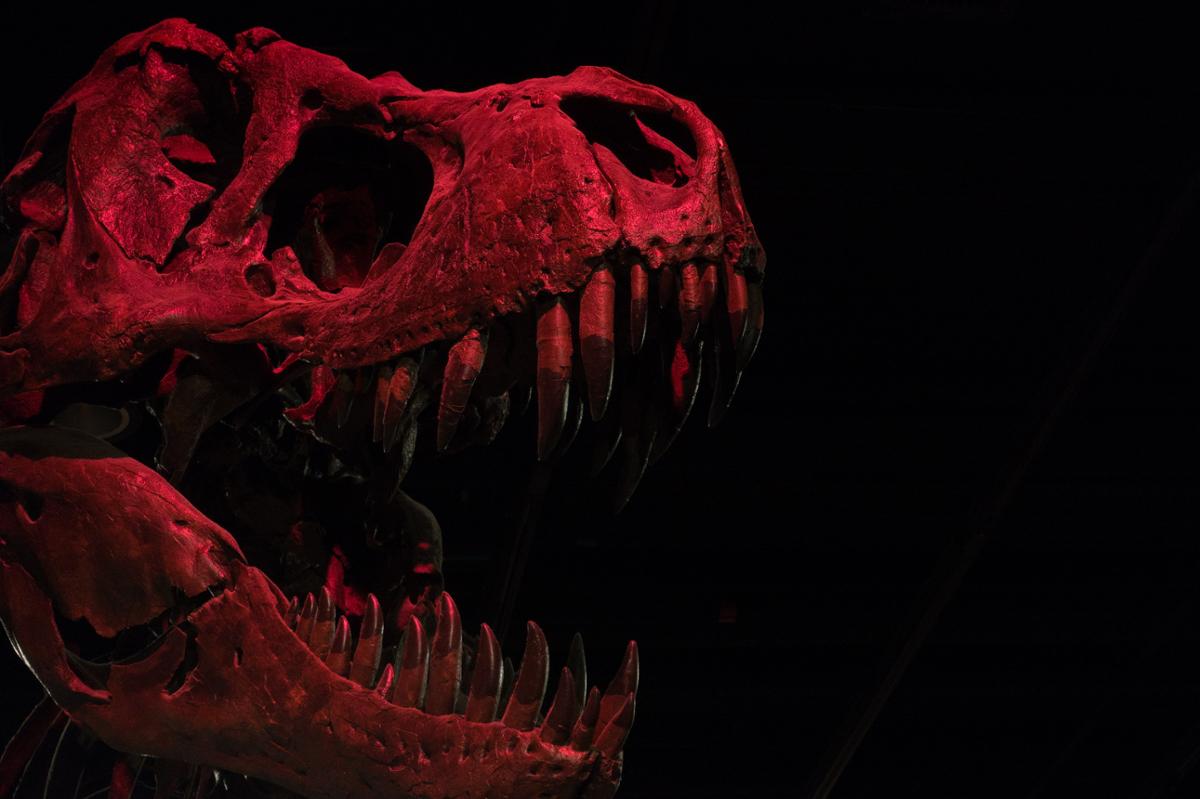With its massive head, jaws of huge, sharp teeth, a thick, long tail, and talons at the end of its powerful feet, a T. rex would have been a fearsome sight. There’s only one catch to the dinosaur’s claim to purveyor of pure terror—its embarrassingly tiny arms. Paleontologists have long speculated about why T. rex’s arms are so small compared to the rest of its body. Maybe it was a useless appendage evolution hadn’t gotten around to getting rid of; maybe they were useful for slashing prey at short range; or maybe for gripping a female while mating.
After evidence emerged that the dinosaurs hunted in packs, a paleontologist proposed still another possibility: that the short arms were useful during feeding frenzies. When T. rexes descended hungrily on a meal, long arms could get in the way of their powerful jaws and lead to accidental—or purposeful—amputations. In this scenario, tiny arms would have been evolutionarily beneficial, as fewer amputations would mean a lower likelihood of infection and death.
Dinosaurs with smaller arms would have passed on their genes more successfully, eventually resulting in the entire species sporting puny arms. The idea is based on the fact that predecessors of T. rexes had longer arms, meaning they got smaller over time. Other theories fail to explain why the arms got smaller—what evolutionary benefit they provided over longer arms.
Unfortunately, as the dinosaurs roamed the Earth over 66 million years ago, proving any hypothesis is—like many things for a tiny-armed T. rex—a bit out of reach.










